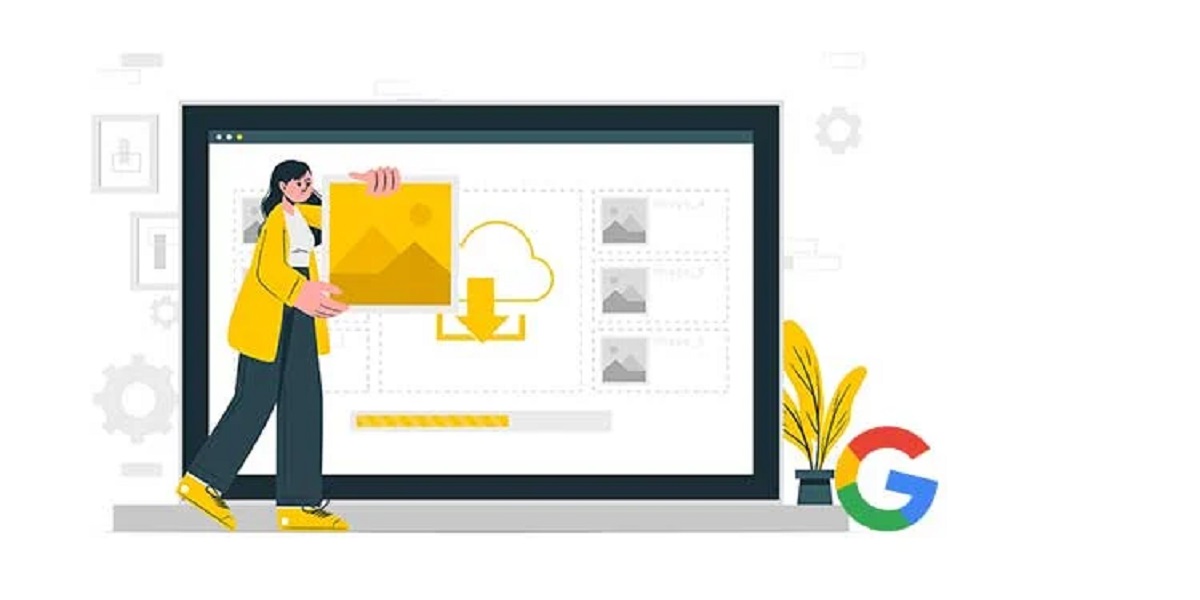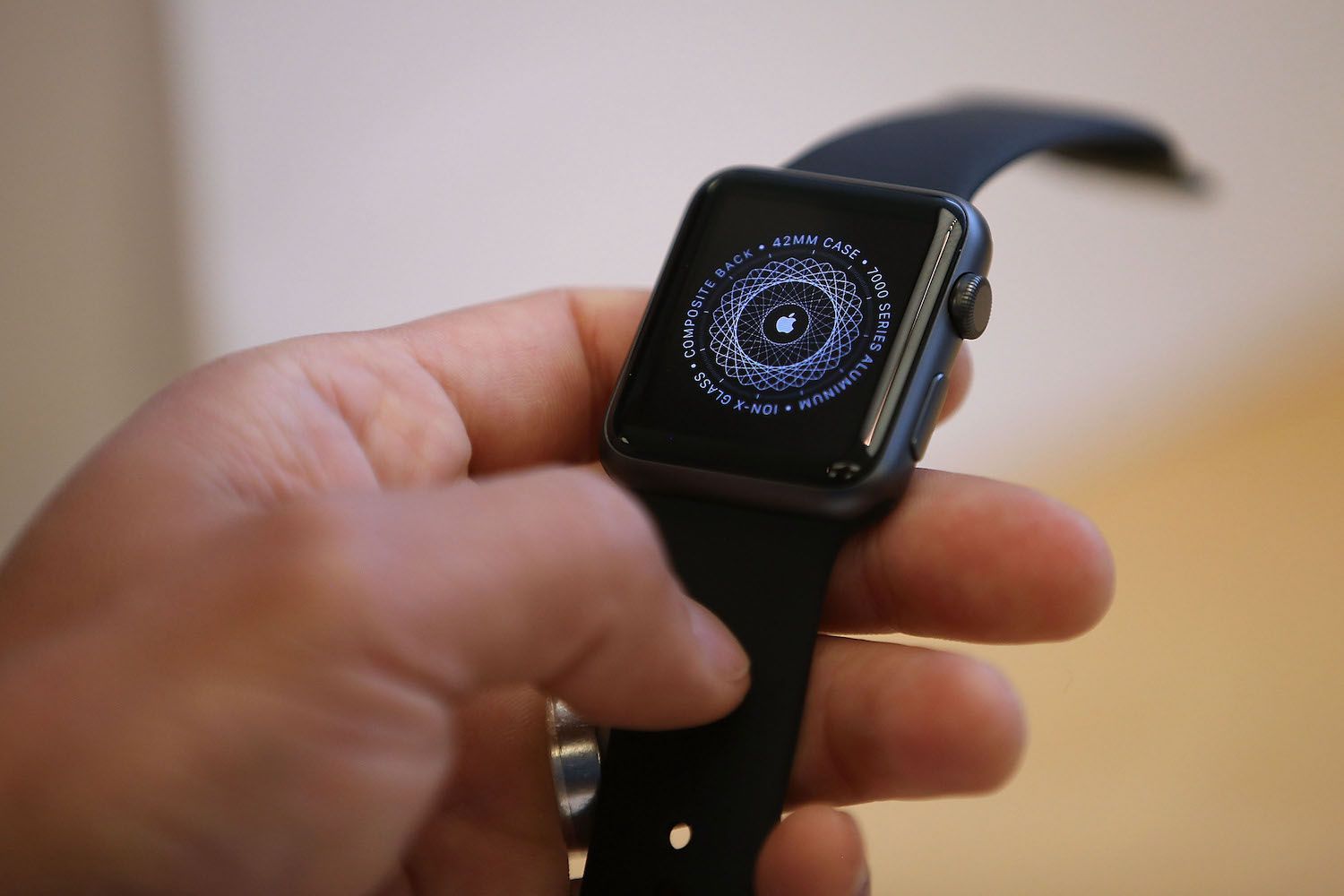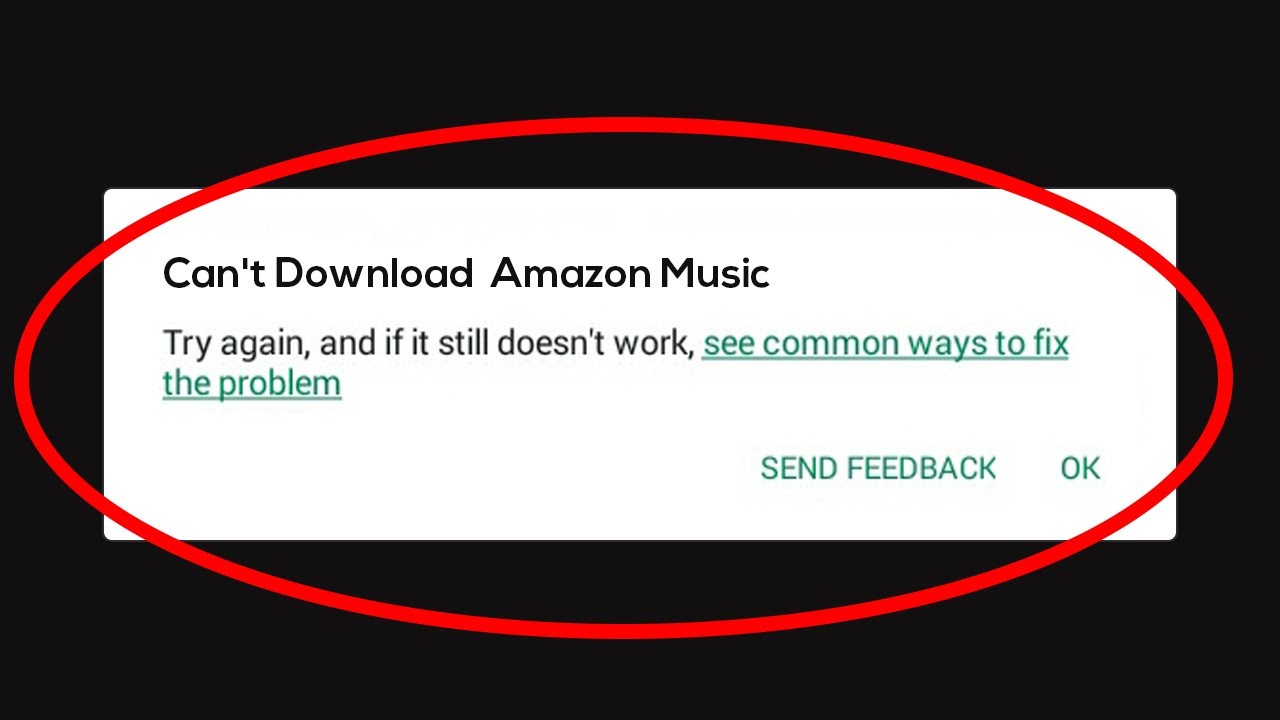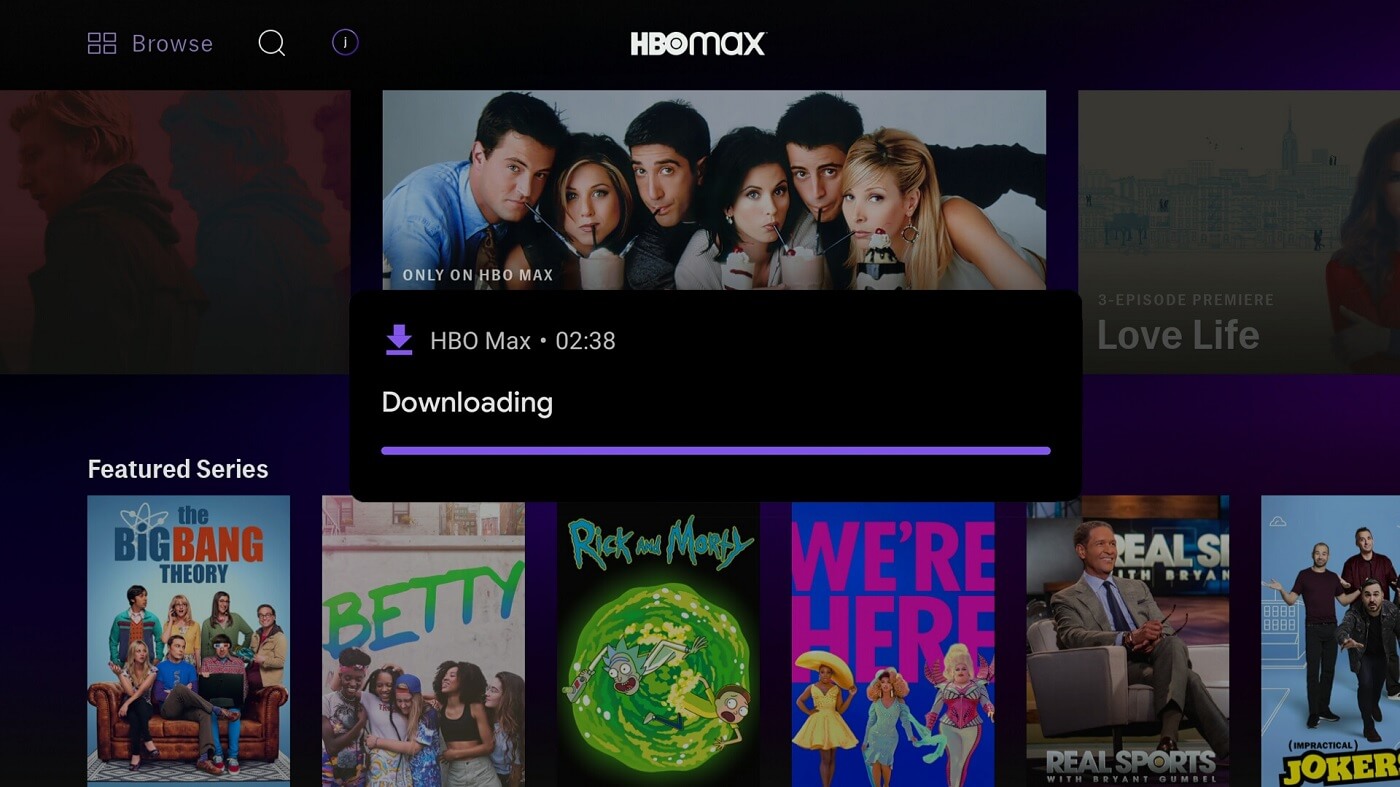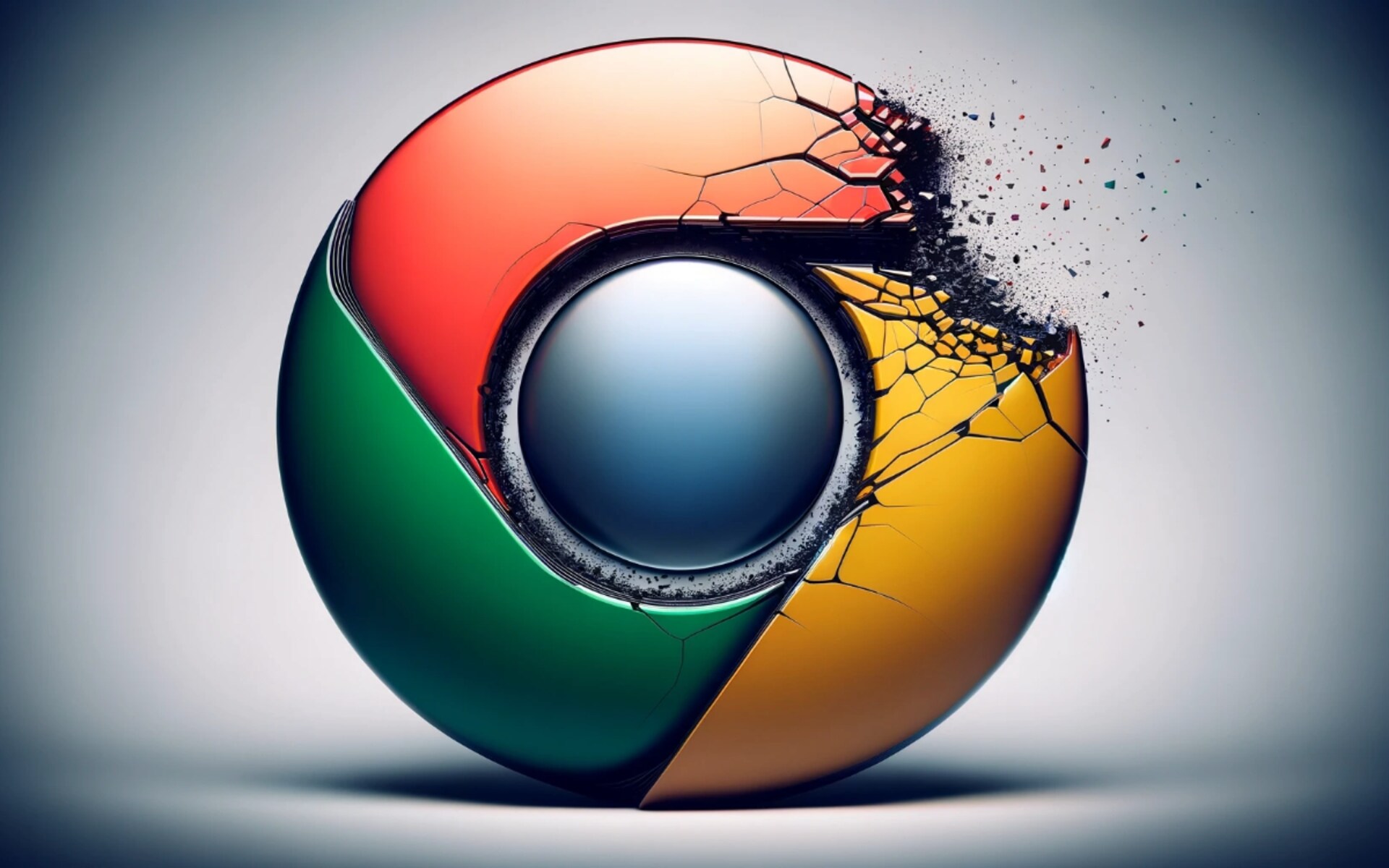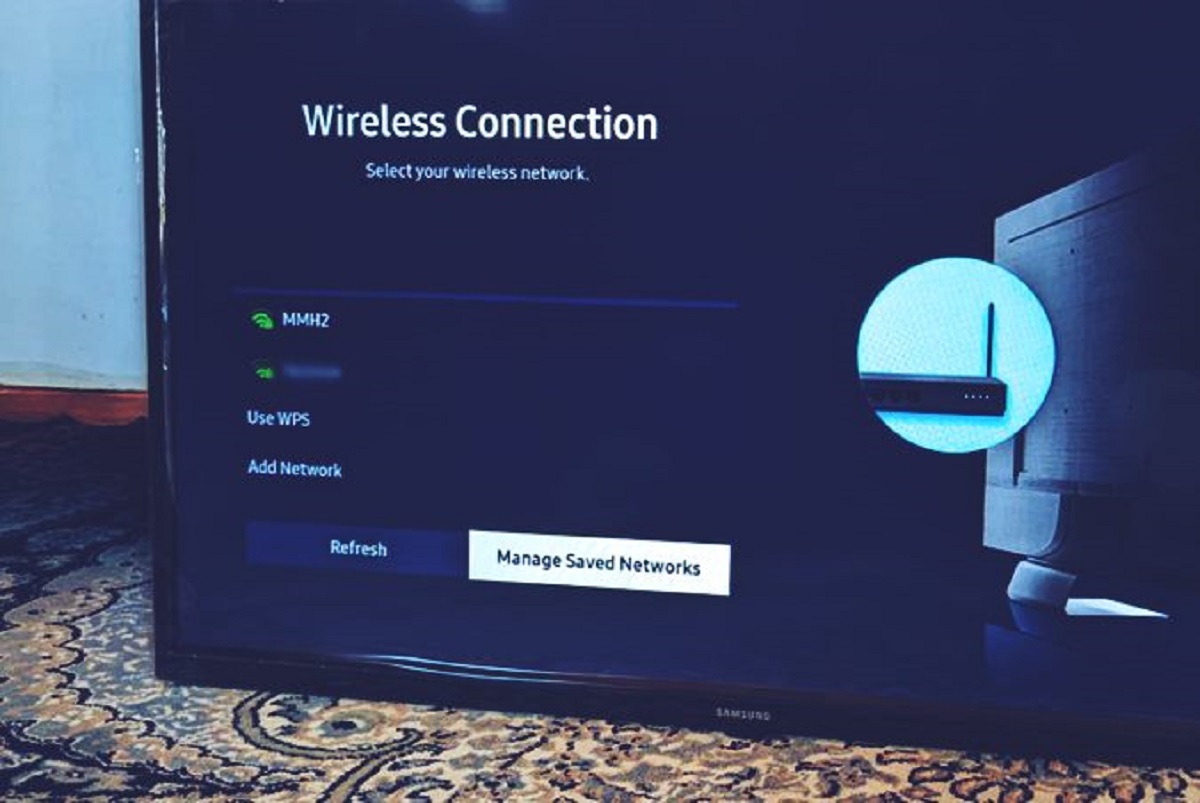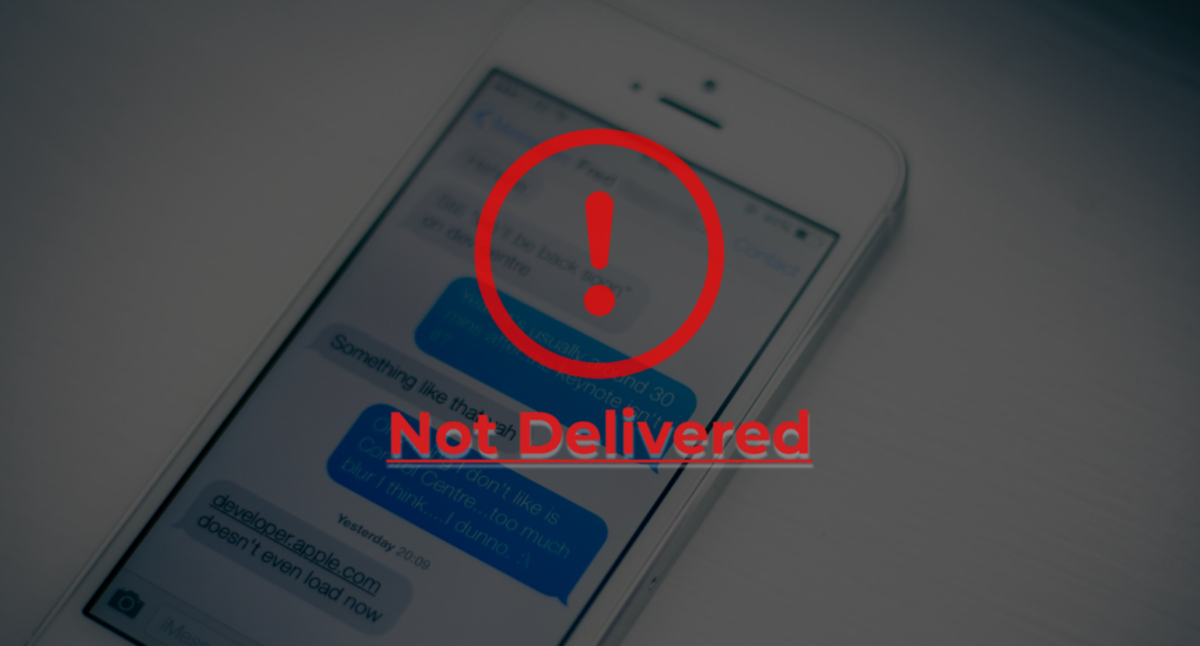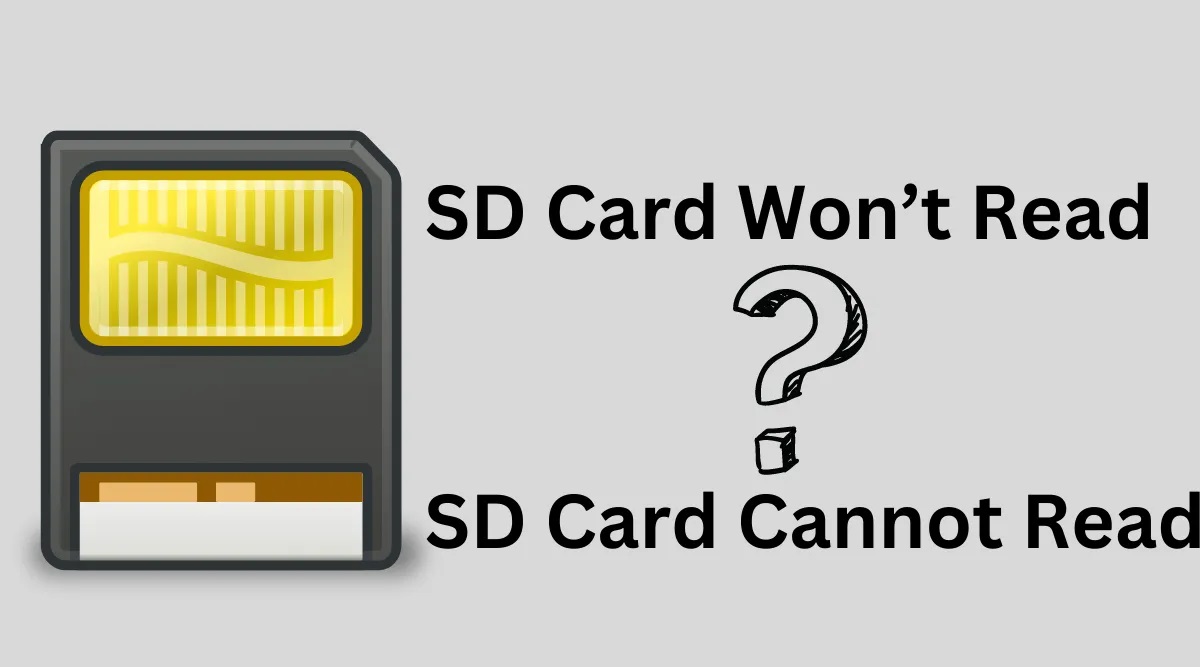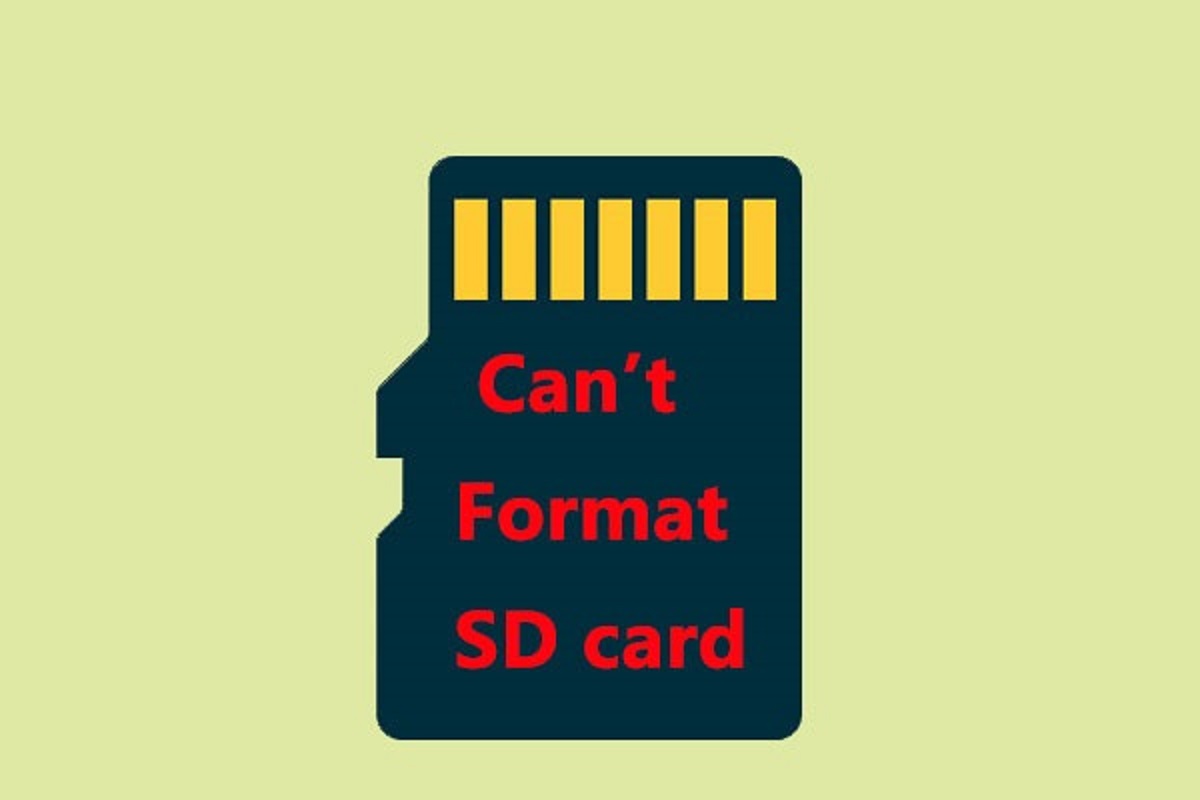Introduction
Welcome to the digital age, where memories are stored in the cloud and access to our cherished photos is just a few clicks away. Google Photos, with its user-friendly interface and ample storage capacity, has become the go-to choice for many individuals to backup and organize their precious photo collection.
However, what do you do when you encounter issues with downloading photos from Google Photos? It can be frustrating and worrisome, especially if they hold sentimental value or are needed for a specific project. In this article, we will explore common reasons why Google Photos may not be downloading photos and provide troubleshooting steps to overcome these obstacles.
Before we delve into the specific issues, let’s take a closer look at Google Photos. This photo management and sharing service, developed by Google, allows users to upload, store, and organize their photos and videos. With its advanced search functionality and machine learning capabilities, users can easily find specific images, create collages, and even generate animations and videos.
Google Photos offers free unlimited storage for high-quality photos and videos (up to a certain resolution) and provides a convenient way to access them from various devices. Whether you’re using the web version, the mobile app, or the desktop uploader, Google Photos promises a seamless experience for managing and sharing your visual memories.
Despite its many benefits, users may encounter issues when attempting to download photos from Google Photos. These issues can range from insufficient storage space to error messages that hinder the downloading process. Don’t panic! We have compiled a list of common problems and their corresponding troubleshooting steps to help you get your precious photos downloaded and back in your possession.
Now, without further ado, let’s dive into the potential roadblocks and solutions that can help resolve the “Why won’t Google Photos download?” conundrum.
Google Photos Overview
Google Photos is a popular cloud-based platform where users can store, organize, and share their photos and videos. It offers a range of features to simplify the management of digital memories, making it a valuable tool for both personal and professional use.
One of the key advantages of Google Photos is its unlimited storage for high-quality photos and videos, up to a certain resolution. This means you can upload and store a vast number of images without worrying about running out of space. The service automatically compresses files to optimize storage, allowing users to save precious storage space on their devices.
With its intuitive interface, Google Photos makes it easy to search and find specific photos using keywords, locations, or even objects within the images themselves. You can create albums, collages, animations, and movies to showcase and share your favorite moments with friends and family.
Another notable feature of Google Photos is its powerful editing tools. You can enhance your photos with filters, crop and rotate images, adjust brightness and color, and even remove red-eye. These editing options enable users to refine their pictures without the need for complex photo editing software.
Google Photos seamlessly synchronizes across devices, allowing you to access your photo library from multiple platforms. Whether you’re using a smartphone, tablet, or computer, you can easily view and manage your photos on the go. The mobile app provides a convenient way to automatically back up your photos and videos, ensuring they are safely stored and accessible at all times.
Privacy and security are also paramount in Google Photos. You have control over who can view and access your shared albums and images, giving you peace of mind when sharing personal memories with others. Additionally, Google Photos uses advanced algorithms to automatically categorize and organize your photos, making it effortless to find specific moments and relive your memories.
Overall, Google Photos offers a user-friendly and robust platform for storing, organizing, and sharing your photos and videos. Its unlimited storage, powerful editing tools, and seamless synchronization across devices make it a top choice for anyone looking to manage their digital memories efficiently.
Common Issues with Google Photos Download
While Google Photos is generally a reliable platform for storing and accessing your photos, there are times when you may encounter issues with downloading your images. Let’s explore some of the common problems that users face and why they may occur:
1. Insufficient Storage Space: One of the primary reasons why you may have trouble downloading photos from Google Photos is if your device or Google account has insufficient storage space. If your storage is full, you won’t be able to download any additional files until you free up space by removing unnecessary photos or videos.
2. Slow Internet Connection: Slow internet speeds can also affect your ability to download photos from Google Photos. Large files may take longer to download, and if your internet connection is weak or unstable, the process may be interrupted or take an extended amount of time.
3. Error Messages: Occasionally, you may encounter error messages while attempting to download photos. These messages could indicate issues with the Google Photos app itself or be caused by factors such as network connectivity problems or temporary server issues.
4. Unsupported File Formats: Google Photos supports a wide range of image and video file formats. However, if you are trying to download a file that is in a format not supported by Google Photos, you may experience difficulties. In such cases, you may need to convert the file to a compatible format before downloading.
These common issues can be frustrating and may deter you from accessing your precious photos. However, with some troubleshooting steps, you can overcome these obstacles and successfully download your photos from Google Photos. In the following sections, we will discuss specific solutions to address each of these problems and ensure a seamless downloading experience.
Insufficient Storage Space
One of the most common obstacles users face when attempting to download photos from Google Photos is running out of storage space. When your device or Google account doesn’t have enough storage available, you won’t be able to download any additional photos or videos until you free up space. Here are some steps you can take to resolve this issue:
1. Delete Unnecessary Photos and Videos: Start by going through your Google Photos library and deleting any photos or videos that are no longer needed. You can easily do this by selecting the items you want to delete and clicking the trash bin icon. Remember to permanently delete them from the trash to free up space completely.
2. Remove Backups: Google Photos offers the option to back up your photos from other apps and devices, such as WhatsApp or your camera roll. These backups can consume a significant amount of storage space. To free up space, go to the Google Photos settings and select “Backup & sync.” From there, you can choose to disable backups from specific apps or delete existing backups.
3. Clear App Cache: Clearing the cache of the Google Photos app can also help free up some storage space. Open the app settings on your device, find the Google Photos app, and select “Clear cache.” This will remove temporary files and data that may be taking up unnecessary space.
4. Enable High-Quality Storage Optimization: By default, Google Photos offers free unlimited storage for photos and videos at high quality. However, if you’re running low on storage space, you can choose to optimize storage by enabling the “High quality” option. This will compress your photos and videos to a slightly lower resolution, reducing their file size and allowing you to store more without compromising much on visual quality.
5. Purchase Additional Storage: If you find yourself consistently running out of storage space, you may consider purchasing additional storage from Google. They offer affordable plans that allow you to upgrade your storage capacity and continue to enjoy the convenience of storing and accessing your photos on Google Photos.
With these steps, you can effectively free up storage space and resolve the issue of insufficient storage when downloading photos from Google Photos. Regularly managing your photo library and optimizing storage settings will ensure a smooth experience and allow you to download new photos without interruptions.
Slow Internet Connection
Another common factor that can hinder the download process in Google Photos is a slow internet connection. Large files may take longer to download, and if your internet speed is not up to par, it can result in delayed or interrupted downloads. If you’re facing this issue, here are some steps you can take to address the problem:
1. Check Your Internet Speed: Start by running a speed test to determine the speed of your internet connection. There are various online tools available that can measure your download speed. If the speed is significantly lower than what you’re paying for, you may need to contact your internet service provider to troubleshoot the issue.
2. Move Closer to Your Wi-Fi Router: If you’re using a Wi-Fi connection, the distance between your device and the router can affect the signal strength. Moving closer to the router can help improve the connection’s stability and speed, resulting in faster downloads.
3. Restart Your Router: Sometimes, routers can experience glitches or slowdowns. Restarting your router can refresh the connection and potentially resolve any temporary issues. Simply unplug the power cord, wait a few seconds, and plug it back in to restart the router.
4. Disconnect Other Devices: If multiple devices are connected to your network and using bandwidth, it can slow down the internet for all devices. Try disconnecting unnecessary devices to free up bandwidth and improve download speeds for Google Photos.
5. Download at Off-Peak Hours: Internet speeds can vary depending on the time of day and network congestion. To maximize your download speed, consider downloading photos during off-peak hours when there is less internet traffic. This typically occurs late at night or early morning.
6. Switch to a Different Network: If you have access to multiple networks (e.g., Wi-Fi and cellular data), try switching to a different network to see if it improves download speeds. Cellular data networks often have faster speeds than some Wi-Fi connections, especially if the Wi-Fi signal is weak.
By following these steps, you can optimize your internet connection and mitigate the impact of slow internet speeds on downloading photos from Google Photos. Keep in mind that internet speed may vary depending on your location and service provider, but these tips should help improve the overall download experience.
Error Messages
At times, while downloading photos from Google Photos, you may encounter error messages that can be frustrating and confusing. These messages can arise due to various reasons, ranging from network connectivity problems to temporary glitches. Here are some common error messages you may come across and the steps you can take to resolve them:
1. “Download Failed” or “Download Error”: This error message typically indicates a temporary issue with the download process. Start by checking your internet connection and ensuring that it is stable. If the problem persists, try clearing the cache and data for the Google Photos app. This can be done by going to your device’s settings, selecting “Apps” or “Applications,” locating Google Photos, and selecting “Clear cache” and “Clear data.”
2. “Connection Error” or “Unable to Connect to Server”: These error messages suggest a problem with your internet connection or a temporary issue with the Google Photos server. Check your internet connection to ensure it is working properly. If the issue persists, try restarting your device or switching to a different network (such as cellular data) to see if that resolves the problem.
3. “Insufficient Permissions” or “Access Denied”: If you receive these error messages, it may indicate that you do not have the necessary permissions to download the specific photo or album. Make sure that you have the appropriate access rights or permissions to view and download the content. If you are trying to download a shared album, contact the album owner to ensure you have the necessary permissions.
4. “File Not Found” or “Photo not available”: These error messages suggest that the photo you are attempting to download may have been deleted or is no longer accessible. Ensure that the photo is still available in your Google Photos library and has not been removed. If the photo has been deleted, it may not be possible to download it again unless you have a backup copy.
5. “Download Limit Exceeded”: Google Photos may impose certain limitations on the number or size of files you can download within a specific timeframe. If you encounter this error message, try downloading the photos at a later time or in smaller batches to stay within the download limits.
When faced with error messages while downloading photos from Google Photos, it’s important to remain patient and systematically troubleshoot the issue. By following the suggested steps and checking for possible solutions, you can overcome these error messages and successfully download your desired photos.
Unsupported File Formats
Google Photos supports a wide range of image and video file formats. However, there may be instances where you encounter difficulties downloading a photo due to an unsupported file format. It’s important to ensure that the file you’re attempting to download is compatible with Google Photos. Here are some steps you can take to address the issue of unsupported file formats:
1. Check File Format Compatibility: Verify that the file you’re trying to download is in a supported format. Google Photos supports popular image formats like JPEG, PNG, and GIF, along with common video formats like MP4, AVI, and MOV. Try converting the file to a supported format if it’s not already in one.
2. Use a File Conversion Tool: If you have an unsupported file format, you can use online or desktop file conversion tools to convert the file to a compatible format. These tools allow you to convert files easily and quickly without losing much quality. After converting the file, you should be able to download it successfully from Google Photos.
3. Use a Supported Image Format: If you’re encountering issues with a specific image format, such as a TIFF or RAW file, consider converting the image to a supported format before downloading. Most image editing software or online image converters allow you to convert files to more commonly supported formats like JPEG or PNG.
4. Use a Supported Video Format: Similarly, if you’re trying to download a video file in an unsupported format, convert it to a compatible format like MP4 or MOV using video conversion tools. Once the video is converted, you should be able to download it without any issues.
5. Check for Compatibility with Google Photos: In some cases, the issue may not be with the file format itself, but with the specific file within Google Photos. Ensure that the file is compatible with the version of Google Photos you’re using. Updating the Google Photos app to the latest version may resolve any compatibility issues.
By following these steps and ensuring that your files are in a supported format, you can overcome the issue of unsupported file formats when downloading photos from Google Photos. Remember to check the supported formats and convert your files when necessary to enjoy a seamless downloading experience.
Troubleshooting Steps
Encountering problems with downloading photos from Google Photos can be frustrating, but there are several troubleshooting steps you can take to resolve these issues. Let’s explore the following troubleshooting steps that can help you overcome obstacles and successfully download your photos:
1. Clear Cache and Data: Clearing the cache and data of the Google Photos app can resolve temporary glitches or corrupted files that may be hindering the download process. Go to your device’s settings, locate the Google Photos app, and select “Clear cache” and “Clear data” to remove any unwanted files.
2. Check Internet Connection: Ensure that you have a stable and reliable internet connection. Slow or unstable internet can lead to interrupted or slow downloads. Connect to a more stable network or move closer to the Wi-Fi router to improve the connection speed.
3. Update Google Photos App: Keeping your Google Photos app up to date is essential for optimal performance and compatibility with the latest features and bug fixes. Check for any available updates in your device’s app store and install them if necessary.
4. Manage Storage Space: Clearing up storage space, removing unnecessary backups, and optimizing storage settings can prevent issues related to insufficient storage. Delete unwanted photos and videos, disable unnecessary backups, and enable high-quality storage optimization to free up space for new downloads.
5. Convert File Formats: If you encounter issues with unsupported file formats, consider converting the files to compatible formats using online or desktop conversion tools. Converting the files beforehand will ensure they can be downloaded and accessed within Google Photos.
6. Restart the Device: Sometimes a simple restart can resolve various issues. Try restarting your device to refresh system processes and clear any temporary glitches that may be interfering with the download process.
7. Contact Google Support: If all else fails and you are still experiencing difficulties, reach out to Google Support for further assistance. They can provide personalized guidance and troubleshooting specific to your situation.
By following these troubleshooting steps, you can resolve common issues that may arise during the download process in Google Photos. It’s important to be patient and methodical when troubleshooting to ensure a successful downloading experience.
Clear Cache and Data
Clearing the cache and data of the Google Photos app can be a useful troubleshooting step if you’re experiencing issues with downloading photos. Occasionally, temporary files or corrupted data within the app can cause disruptions in the download process. Clearing the cache and data can help resolve these problems. Here’s how you can do it:
Step 1: Access App Settings
On your device, go to the Settings menu and find the “Apps” or “Applications” section. Locate the Google Photos app from the list of installed apps.
Step 2: Clear Cache
Tap on the Google Photos app and look for the option to “Clear cache.” This will delete temporary files stored by the app, which can sometimes interfere with the downloading process. Clearing the cache helps refresh the app and may resolve issues related to slow downloads or error messages.
Step 3: Clear Data
If clearing the cache doesn’t resolve the problem, you can go a step further and clear the app’s data. Look for the option to “Clear data” within the Google Photos app settings. Keep in mind that clearing data will delete all app-specific settings and user data, including login credentials or downloaded photos that haven’t been backed up.
Step 4: Restart the App
After clearing the cache and data, close the Google Photos app completely. You can do this by swiping it away from the list of recent apps or pressing the dedicated “Close” or “Exit” button. Then, relaunch the app from your device’s app menu or home screen. This will allow the app to start fresh, free from any residual cache or data that may have been causing issues with downloading photos.
Clearing the cache and data of the Google Photos app is a common troubleshooting step for various problems, including download issues. It can help resolve temporary glitches and improve the overall performance of the app. However, keep in mind that clearing data will remove app-specific settings and user data, so only proceed with this step if necessary.
If you’re still experiencing difficulties with downloading photos after clearing the cache and data, it may be necessary to explore other troubleshooting options or reach out to Google Support for further assistance.
Check Internet Connection
Ensuring a stable and reliable internet connection is crucial when it comes to downloading photos from Google Photos. A weak or unstable internet connection can cause slow download speeds, interrupted downloads, or even prevent downloads altogether. Here are some steps to check and improve your internet connection:
Step 1: Check Wi-Fi Signal Strength: If you’re using a Wi-Fi connection, check the signal strength on your device. Weak Wi-Fi signals can lead to slower download speeds or intermittent connections. Move closer to your Wi-Fi router to improve the signal reception and strengthen your connection.
Step 2: Restart Your Network Equipment: Restarting your modem or router can help resolve any temporary issues that may be affecting your internet connection. Simply unplug the power cord, wait for a few seconds, and plug it back in. Allow the equipment to restart fully before attempting to download photos again.
Step 3: Test Your Internet Speed: Determine the actual speed of your internet connection by running a speed test. Numerous online tools are available that can measure your connection speed. Compare the results against your internet service provider’s advertised speed to ensure you’re getting the expected performance. If the speed is significantly lower, you may need to contact your provider to address any issues.
Step 4: Check for Network Congestion: Network congestion may occur during peak usage hours when many people are online, leading to slower download speeds. If possible, try downloading photos during off-peak hours when there is less network congestion. Late at night or early in the morning are typically times when internet usage is lower.
Step 5: Switch to Cellular Data: If you’re experiencing persistent issues with your Wi-Fi connection, consider switching to cellular data temporarily. Cellular data networks often offer faster speeds and better reliability than some Wi-Fi connections, especially if the Wi-Fi signal is weak or congested.
Step 6: Update Router Firmware: Outdated router firmware can contribute to slower internet speeds or connectivity issues. Check if there are any firmware updates available for your router model and install them if necessary. Upgrading to the latest firmware can improve performance and resolve compatibility issues.
By checking and optimizing your internet connection using these steps, you can ensure a smoother and more efficient download process in Google Photos. Remember, a stable internet connection plays a crucial role in successfully downloading your cherished photos and enjoying a seamless experience with the platform.
Update Google Photos App
Keeping your Google Photos app up to date is essential for optimal performance and compatibility with the latest features and bug fixes. Updates often include improvements to the app’s stability, security, and downloading functionality. If you’re experiencing issues with downloading photos, it’s important to check for any available updates for the Google Photos app. Here are the steps to update the app:
Step 1: Open the App Store or Play Store: Depending on your device, open either the App Store (iOS) or the Play Store (Android). These stores host the Google Photos app and provide access to updates. Ensure that you’re connected to the internet to download updates.
Step 2: Search for Google Photos: In the App Store or Play Store, search for “Google Photos” using the search bar at the top of the screen. Tap on the correct app when it appears in the search results.
Step 3: Check for Available Updates: Once you’re on the Google Photos app page in the store, look for an “Update” button. If an update is available, this button will be displayed instead of the “Open” button. Tap on “Update” to initiate the update process.
Step 4: Wait for the Update to Finish: The app will begin downloading and installing the update. The time it takes to update will depend on your internet connection speed and the size of the update. Ensure that you have a stable connection and wait for the update to complete.
Step 5: Open the Updated App: Once the update is finished, you can open the Google Photos app. The updated version should now be installed on your device, and you’ll have access to the latest features and improvements provided by the update.
Regularly updating the Google Photos app ensures that you have the most recent version, which is often optimized for better performance and functionality. Bug fixes and improvements can address issues that may have been causing problems with downloading photos, making the overall experience smoother and more reliable.
If you continue to experience difficulties with downloading photos after updating the app, you may need to explore other troubleshooting steps or reach out to Google Support for further assistance.
Manage Storage Space
Storage space is a crucial factor when it comes to downloading and managing photos in Google Photos. If your device or Google account is running out of storage space, it can hinder the downloading process and prevent you from accessing your photos. To overcome this issue, it’s essential to manage your storage space effectively. Here are some steps you can take to manage your storage space in Google Photos:
1. Delete Unnecessary Photos and Videos: Start by reviewing your photo library and deleting any photos or videos that are no longer needed. You can select multiple items and hit the delete button to remove them from your library. This action will free up storage space for new downloads.
2. Remove Backups: Google Photos provides the option to automatically back up your photos from other apps or devices. These backups can consume a significant amount of storage space. To manage your storage, go to the Google Photos settings and access “Backup & sync” options. From there, you can disable backups for specific apps or remove existing backups to reclaim storage space.
3. Enable High-Quality Storage Optimization: By default, Google Photos offers free unlimited storage for high-quality photos and videos. However, if you’re running low on storage space, you can choose to optimize your storage. Access the settings menu in Google Photos and enable the “High quality” option. This compresses your photos and videos slightly, reducing their file size and allowing you to store more without compromising much on visual quality.
4. Utilize Archive Feature: The archive feature in Google Photos allows you to hide certain photos from the main view without permanently deleting them. You can archive photos that you don’t frequently access or want to keep separate from your regular photo collection. Archiving helps declutter your library and frees up space while still retaining access to the photos if needed.
5. Purchase Additional Storage: If you consistently run out of storage space, consider upgrading your Google account to a higher storage plan. Google offers affordable plans that provide extra space for storing your photos. This option is particularly beneficial if you frequently capture and backup a large number of photos and videos.
Managing your storage space in Google Photos ensures that you have enough room to download and store new photos. Regularly deleting unnecessary items, managing backups, and enabling storage optimization will help you maintain an efficient photo library and a seamless downloading experience.
Remember to periodically review your storage usage and apply these steps to stay organized and ensure you have enough space for your most treasured memories.
Convert File Formats
Google Photos supports a wide range of image and video file formats. However, there may be occasions when you encounter difficulties downloading a photo due to an unsupported file format. In such instances, converting the file to a compatible format is a practical solution. Here are steps to help you convert file formats for successful downloads in Google Photos:
Step 1: Identify the Unsupported File Format: Firstly, determine the file format of the photo that you are trying to download. Some common unsupported image formats include BMP, TIFF, or RAW, while unsupported video formats may include MKV or WMV.
Step 2: Find a File Conversion Tool: Look for a reliable file conversion tool. There are numerous online converters or software applications available that can convert files from one format to another. Choose a tool that supports the file types you’re working with.
Step 3: Upload and Convert the File: Depending on the tool you choose, you may be required to upload the file from your computer or provide the file’s URL. Follow the instructions provided by the conversion tool to select the desired output format and initiate the conversion process.
Step 4: Download the Converted File: After the file conversion is complete, you will typically be prompted to download the converted file. Save it to your device, ensuring that it now has a compatible file format that can be easily downloaded and accessed in Google Photos.
Step 5: Upload the Converted File to Google Photos: Once you have the converted file on your device, you can now upload it to Google Photos. Simply open the Google Photos app or access the web version, and follow the usual process to upload the photo. With the file now in a compatible format, it should be successfully downloaded into your Google Photos library.
Converting file formats is a practical solution for overcoming the issue of unsupported formats in Google Photos. Whether you are dealing with an image or video file, there are various conversion tools available to help you convert the file into a compatible format for smooth downloading and seamless access.
Remember, after converting the file, you may want to keep a copy of the converted version on your device or backup storage as the original unsupported format may not be readily viewable or accessible.
By following these simple steps, you can ensure that your photos are in a compatible format for downloading and enjoy a seamless experience in managing your visual memories in Google Photos.
Conclusion
In conclusion, downloading photos from Google Photos can sometimes be challenging due to various factors such as insufficient storage space, slow internet connection, error messages, unsupported file formats, and more. However, with the troubleshooting steps mentioned in this article, you can overcome these issues and successfully download your precious photos.
By managing your storage space effectively, deleting unnecessary photos and videos, removing backups, and enabling storage optimization, you can ensure that you have enough space for new downloads. Additionally, checking your internet connection, restarting your router, and downloading during off-peak hours can help address slow internet connection problems.
When encountering error messages, clearing the cache and data of the Google Photos app, ensuring the necessary permissions, and checking for file formats compatibility can resolve issues. And if you come across unsupported file formats, converting them using online conversion tools can allow for successful downloads in Google Photos.
Remember that regularly updating the Google Photos app ensures you have the latest features and bug fixes, addressing potential download-related problems. And finally, reaching out to Google Support is always an option if you need further assistance and troubleshooting specific to your situation.
With these insights and troubleshooting steps, you can overcome common obstacles and fully enjoy the seamless experience of downloading photos from Google Photos. Embrace the ease of access to your cherished memories and share them with friends and family as you continue to create new moments worth capturing and storing in the cloud.







